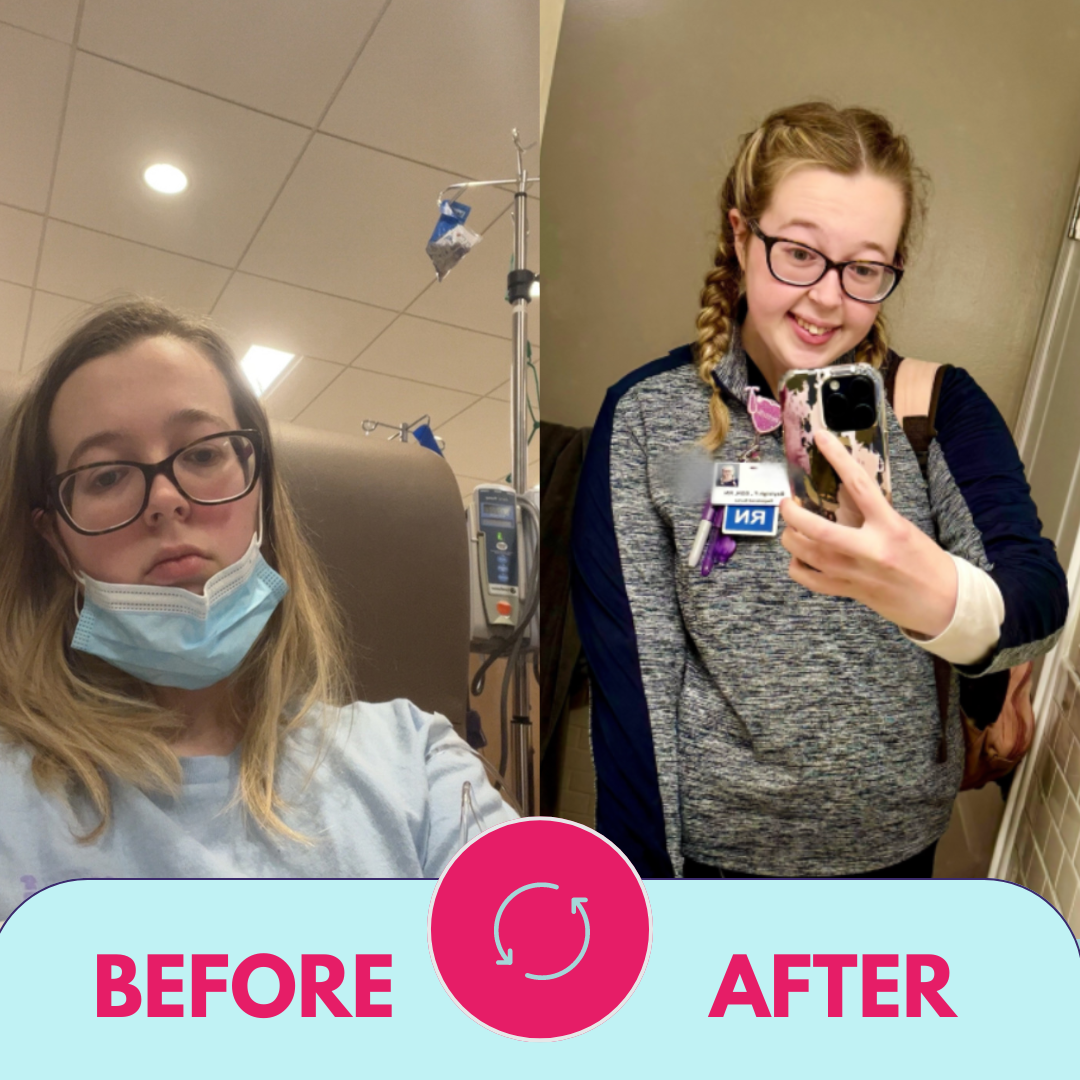
Amid COVID-Spurred Shifts in Home Infusion, Model May Morph
By: AIS Health
May 7, 2020
Republished with permission from AISHealth.com
With numerous hospitals focused on the COVID-19 pandemic and many areas under stay-at-home mandates, home infusion is more important than ever. Changes within the industry already have been seen, and the current situation is likely to result in permanent shifts within the home infusion space.
“If you can do infusion at home, you need to do it there,” maintains Ashraf Shehata, KPMG national sector leader for Healthcare & Life Sciences. “This is about controlling infection risk in the near term, and many home infusion candidates are in a high-risk category. Longer term, there has been a shift toward delivering care in the most economical and clinically appropriate setting, largely driven by payers.”
“We have seen an increase in some home infusion utilization of select therapies in certain markets where patient administration sites of care are shifting from the acute care or hospital outpatient setting to the home, related to the pandemic,” says Drew Walk, CEO of Soleo Health. “We have also seen a significant reduction in other therapies due to the postponement of non-COVID-related procedures in health systems and provider offices.”
Walk tells AIS Health that while the types of drugs being administered at home have been fairly consistent with what were administered before the pandemic, he’s seen “a broader opportunity to provide first dosing in the home, which may have been offered only in a controlled setting previously.”
“Antibiotics/antivirals, pain management, total parenteral nutrition and [intravenous immune globulin] are currently the most common treatments given through home infusion,” says Shehata, adding that other therapies may be administered at home but “that depends upon the circumstances, such as the medication and the risk to the patient.”
Lee Newcomer, M.D., principal at Lee N. Newcomer Consulting LLC, says a shift to home infusion “will be relatively small” and would be done for two main reasons: avoiding exposure to people who may be infected and bringing down the overhead cost of hospitals or clinics. “The shift is limited by the small number of medications that don’t require physician proximity for side effect management,” he says.
According to Harriet Booker, chief operating officer of Option Care Health, Inc., “Option Care Health’s business model, built around a national network of compounding pharmacies, is designed to bring care to patients right when they need it — which often means delivering complex care with compounded pharmacy medications within hours of a patient discharging from a hospital. And the pandemic really has changed nothing about that, other than our need to ensure we are prepared to meet changing demand and variability in referral volumes.”
She says that the company’s standard operating processes “include comprehensive network and business continuity plans, which ensure our ability to provide infusion pharmacy and nursing care to patients on a consistent and reliable basis nationwide, especially during this pandemic. This real-time agility employs added shifts, remote staffing rotations and expanded pharmacy hours to compound and administer vital medications.”
Option Care Health has been working with hospitals to help them “free up beds in advance of an influx of COVID-19 patients or simply when and where they need it,” Booker says, including identifying conditions that may be treated at home or in an infusion suite and coordinating ongoing care for patients who may be discharged safely.
“Our network of compounding pharmacies allows us to develop care plans personalized to each patient, providing customized medications and supplies that are sent right to their home or administered in the infusion suite,” Booker tells AIS Health. “Our efforts are not only freeing up beds for COVID-19 patients but are getting infusion patients safely and efficiently into more comfortable settings and even preventing hospital admissions from the start.”
Some Services Moved to Virtual Setting
The company also has moved some of its services to a virtual setting, including “remote triaging, patient education and teaching, nurse oversight and assistance to discharge planners and patients.” And Option Care Health has reallocated some of its 2,900 infusion nurses and pharmacy clinicians to places with the greatest need, such as New York, New Jersey and Connecticut.
In such a highly contagious environment, the company is taking numerous precautions to help reduce the potential for COVID infections in both its employees and patients. “We are closely following CDC guidelines and are updating our plans, policies and guidelines as often as needed to ensure our employees’ safety and that of our patients, especially during this time of COVID-19 where conditions are changing rapidly,” says Booker. “We have a standing call daily to assess new COVID-19 related data and discuss how to adapt our PPE [i.e., personal protective equipment] supply accordingly. Due to our national network and a long-standing relationship with suppliers, we have an ample PPE supply and are constantly monitoring it to make sure our employees have everything they need to deliver safe treatment to patients.”
Shift to Home Has Been in Place
Some plans already have been shifting administration of certain therapies to patient homes and provider offices, which are more cost-effective settings than hospitals, points out Elan Rubinstein, Pharm.D., EB Rubinstein Associates. The 10th edition of Magellan Rx Management’s Medical Pharmacy Trend Report found that among 54 payer respondents, 39% had a mandatory site-of-service program in place in 2019. Among the members shifted into such a program, 34% were shifted into the home infusion setting.
“There could be more home infusion, with drugs that pose low risk of serious adverse events during or immediately after infusion or where a patient tolerated prior infusions of these drugs with no or minimal difficulty,” says Rubinstein. “With respect to patients receiving chemotherapy, a move to home infusion would require a way to manage performance and evaluation of laboratory tests to assess the safety and appropriateness of the intended drug therapy and a decision prior to infusion to change dosage, change drugs, go ahead or hold off.”
Lisa Kennedy, Ph.D., chief economist and managing principal at Innopiphany LLC, points out that while CMS has changed some policies in support of home infusion, “not everyone is on board.” She notes that the Community Oncology Alliance “has raised safety concerns about home infusion centered on a lack of training of those in the community administering treatment at home versus trained oncology nurses.”
Conversely, the National Home Infusion Association “is strongly supportive of home infusion as a viable option for keeping patients safe,” says Kennedy. She also points out that guidelines from the American Society of Clinical Oncology (ASCO) say that providers should “consider whether home infusion of chemotherapy drugs is medically and logistically feasible for the patient, medical team and caregivers.”
In these guidelines, she says, “ASCO raises the key challenge here, which is how to take a system, process and resource designed to be administered in one setting and then move it to a home setting. It may not be feasible because of training of new staff, available resources, travel constraints, insurance and other logistics that mean that it just can’t be scaled properly. So it really depends on the situation, geography and capability of the center.”
Patients May Like Convenience
“Going forward there will be a lot of candidates for home infusion, and some customers/patients may like the convenience of getting care at home,” says Shehata. Investor respondents to the survey on which the 2020 KPMG Healthcare and Life Sciences Investment Outlook was based “saw a good opportunity in home health care, and that survey was taken before COVID-19. The burden on health systems is going to test new care models and open up more possibilities tied to home health care, including infusion.”
Alternative Care Models May Be Option
“The use of home infusion will also depend upon the nature of the medications used and the amount of time it takes to infuse the drug — anywhere from a half hour to four hours — and any specific handling requirements,” Shehata says. “There might be opportunities for alternative care models to be introduced here. The ability for nurses to teach patients how to self-administer the medicines is an important facet to this.
“However, some patients undergoing infusions of certain medications need to have vital signs tracked and need monitoring for adverse reactions,” he continues. “One option is to use telehealth with telemetry to remotely track a patient’s vital signs to ensure that patients are not suffering from adverse events while undergoing infusion. Another option is the nurse administering the drug can also leave the patient with a cell phone to call if there is any problem with a medication that requires several hours of infusion time. The response time has to be acceptable, and clinical risk has to be appropriate in these matters.”
Steven F. Robins, managing partner and principal at The New England Consulting Group, says while most infusions will still be administered in traditional sites such as hospitals and outpatient clinics, “there will be an evolution towards moving a number of chronic treatments to the home,” including dialysis, a shift that he says already was occurring before the pandemic. “In order for this shift to be significant, however, there will need to be improvements across the integration of smart technologies, including HIPAA-compliant integration of remote equipment and patient monitoring. It is important to remember that during the COVID-19 crisis, some of these requirements have been relaxed.”
Robins tells AIS Health that “we also expect to see a number of diagnostic procedures that are conducted by labs or in providers’ offices move into the home setting. This will result from a combination of emerging technologies integrated with smartphones, as well as providers starting to offer in-home options like mobile imaging stations that can be easily cleaned as they move from patient home to patient home.”
“The outpatient or infusion center-based model is great, but it is going to need multiple approaches tied to the complexity of treatment and also the consistency of treatment. The problem is that the current model is based on convenience for the health system,” asserts Shehata. “This could require some changes in the pharmaceutical supply chain to have the medications delivered at home rather than the infusion center or hospital, but a number of specialty pharmacies manage this process. Home delivery also can help patients who have transportation issues. Having care delivered at the home may also have the net effect of improving medication adherence.”
Contact Booker through Jonathan Durrbeck at JDurrbeck@pcipr.com, Kennedy at lisa.kennedy@innopiphany.com, Newcomer at leenewcomer1@gmail.com, Robins via Renee E. Paul at rep@necg.net, Rubinstein at elan.b.rubinstein@gmail.com, Shehata through Bill Borden at wborden@kpmg.com and Walk through Susan Turkell at sturkell@pairelations.com.
by Angela Maas


